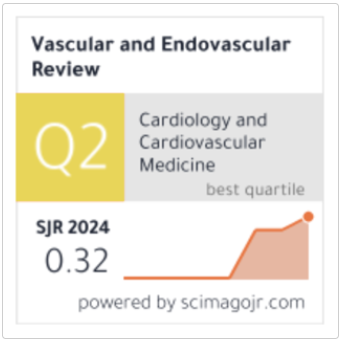Anterior Dislocation Due to Total Hip Arthroplasty (THA): A Report of Rare Case
Keywords:
anterior dislocation, total hip arthroplasty, revision surgery.Abstract
Background: Total hip arthroplasty (THA) is one of the most effective orthopedic procedures for relieving pain and restoring function in degenerative and traumatic hip conditions. However, postoperative dislocation remains a challenging complication and is a leading cause of revision surgery. Among dislocations, the anterior type is the rarest, and neglected anterior dislocation following THA is exceedingly uncommon and difficult to manage due to soft-tissue contracture and bone deformity.
Case Presentation: We report a 72-year-old woman who presented with pain and inability to ambulate six months after undergoing THA for a femoral neck fracture. Physical examination revealed shortening and external rotation of the left lower limb. Radiographs demonstrated a neglected anterior dislocation of the THA implant with an acetabular inclination of 65° and pseudo-acetabulum formation. The patient underwent open reduction and internal fixation of the greater trochanter fracture using tension band wiring via a posterolateral approach. Postoperative imaging confirmed stable reduction and anatomical restoration of the hip joint.
Discussion: Anterior dislocation after THA is usually associated with excessive acetabular or femoral anteversion, soft-tissue imbalance, trauma, or altered pelvic tilt related to lumbar spinal fusion. Neglected cases pose additional surgical challenges due to fibrotic tissue and component malposition. Proper component positioning within the Lewinnek safe zone (inclination 30–50°, anteversion 5–25°) and restoration of soft-tissue tension, especially the gluteus medius, are essential to prevent recurrence.
Conclusion: Although rare, anterior dislocation post-THA requires high vigilance. Accurate component alignment, intraoperative stability testing, and regular postoperative surveillance are key to preventing this debilitating complication.








